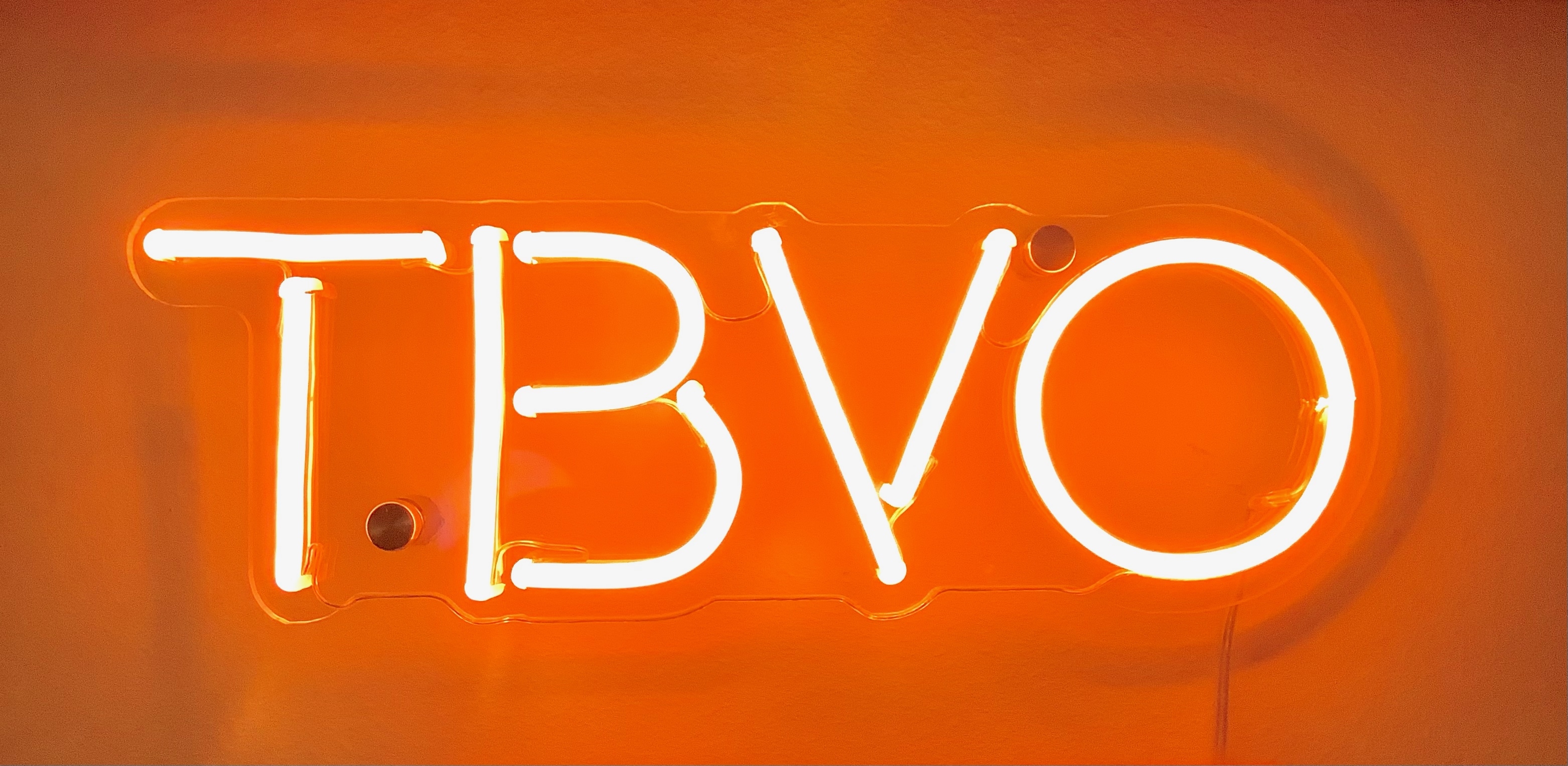Digital Cables That Actually Work With iPads and iPhones
I’m not one who attributes much sonic impact to cables, especially digital ones. I look for well-constructed cables that don’t add any noise to the system and do what they’re supposed to do.
That last, most basic qualification, though, is particularly hard to come by when one uses Apple products. For all their advantages (and I’m an erstwhile Windows user turned Apple adherent), Apple puts a lot of proprietary tech into its products, which can make things difficult when one wants to use somewhat niche accessories — like, say, audiophile-quality DAC/amp dongles — with Apple products.
As I’ve discussed in my budget IEM review, the use case that sold me on IEMs was the ability to listen to music in bed on my iPad. What began with using the Qobuz app on my iPad morphed into using Roon remote to access both my own collection and Qobuz’s service. It’s now a nightly ritual to listen to music for an hour on so before I go to sleep using a pair of IEMs, Roon Remote on an iPad, and an external DAC/amp.
The stumbling block in this setup proved to be the combination of the last two pieces. While battery-powered DAC/amps tended to work fine with my iPads regardless of the digital cable I used from the iPad to the DAC/amp’s input, this wasn’t the case with DAC/amp dongles that draw power from the iPad. This was particularly true on my older model iPad with a Lightning output.
Quality DAC/amp dongles often include a short Lightning-to-USBC cable that will power the device without issue. This was the case with both the iFi Go Bar and the Muse M3. However, many otherwise good DAC/amp dongles don’t include a Lightning-to-USBC cable, and the ones included with the Go Bar and M3 are only a few inches long. That length works well if you’re planning to, say, rubber band the dongle to a smartphone and stick it in your pocket. But it works less well when, like me, you’d like to set the dongle next to you in bed while holding the iPad.
That led me on a quest to find a longer Lightning-to-USBC cable that would actually meet Apple MFi specifications for communicating with the iPad while also providing enough power for a power-hungry device like the Go Bar. Plenty of such cables advertised on Amazon claim to meet these specs, but a cursory look at their reviews shows it not to be true. Moreover, several without red flag reviews that I tried simply didn’t work.
After several frustrating purchases, I took a chance on the DD ddHiFi MFi06 Lightning-to-USBC cable, which can be had in its 50cm iteration for $35 from Audio64 and $29 from ShenzenAudio. While I’d certainly rather this cable be $15 or $20, I can’t say I’m unhappy with the purchase, because… it just works! The cable seems well-built, and it actually powers both the Go Bar and M3. I was so pleased with it, I also bought the USBC-to-USBC variant to use with my newer USBC-equipped iPad Pro.
Were any veils lifted or highs sharpened? No. But I found a digital cable that seems well-built and does what it’s supposed to do. For any other Apple audiophiles struggling to find a good Lightning-to-USBC cable, the ddHiFi MFi06 is the way to go.













1 Comment
Recommended Comments